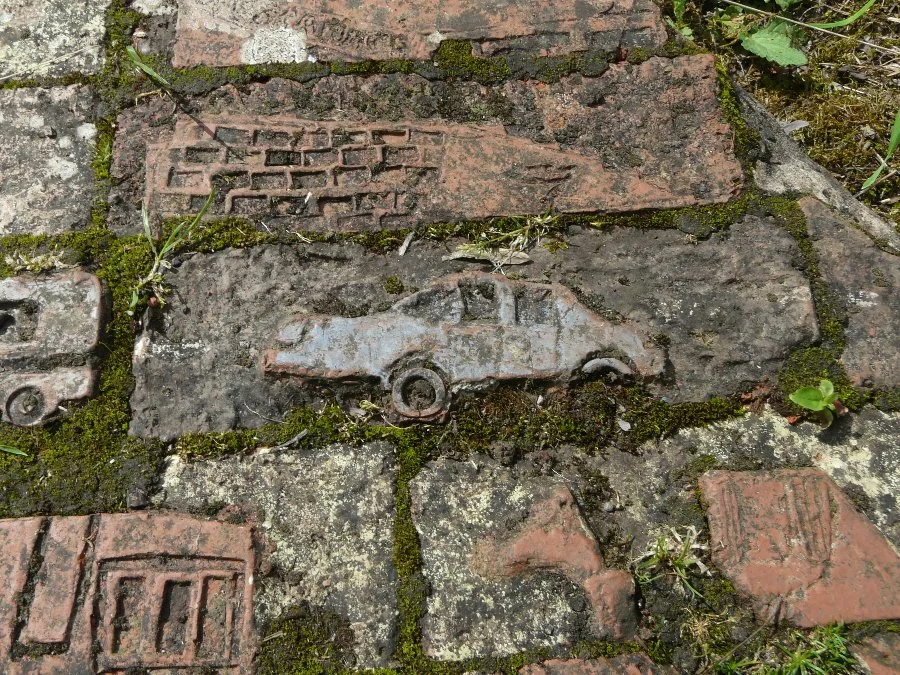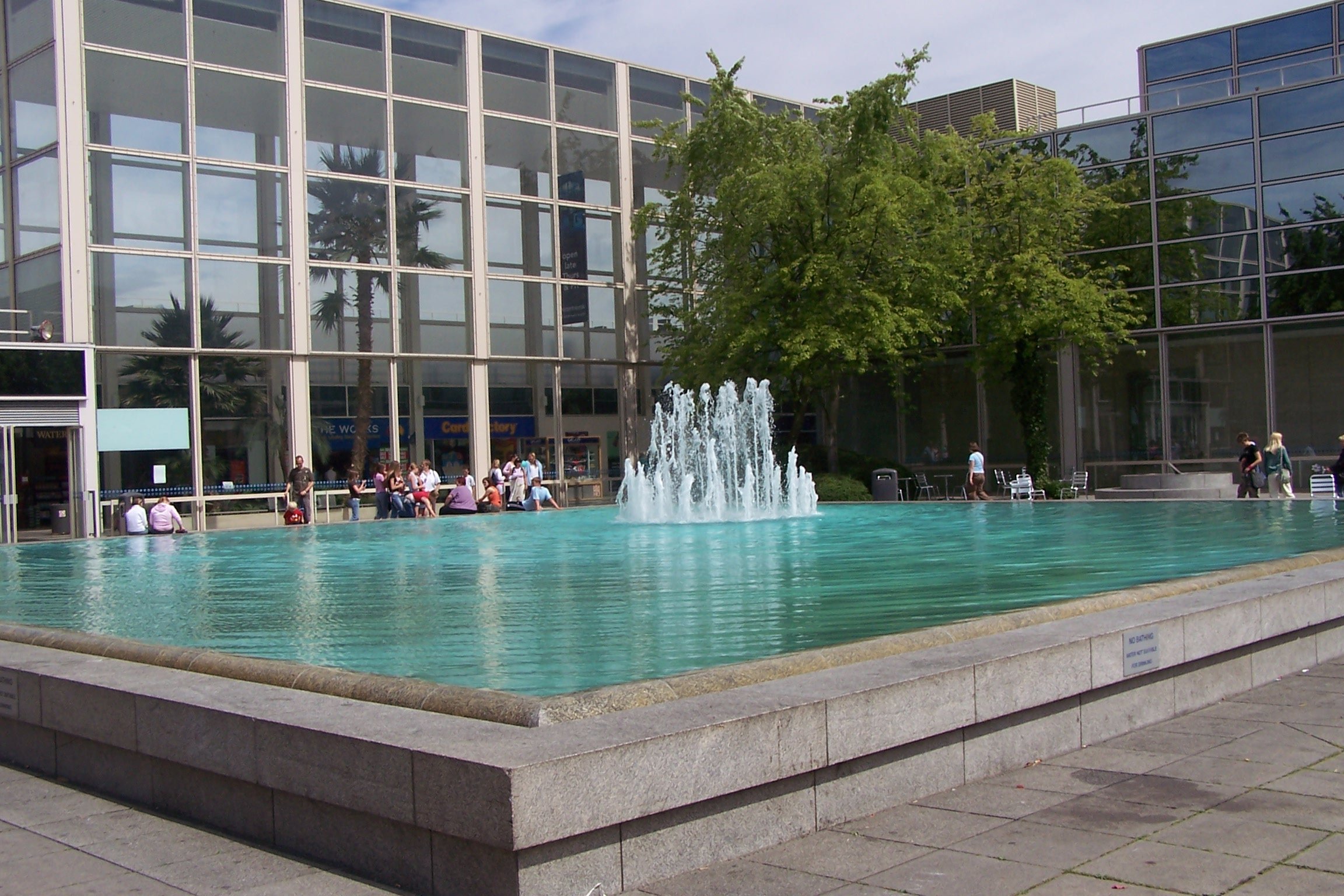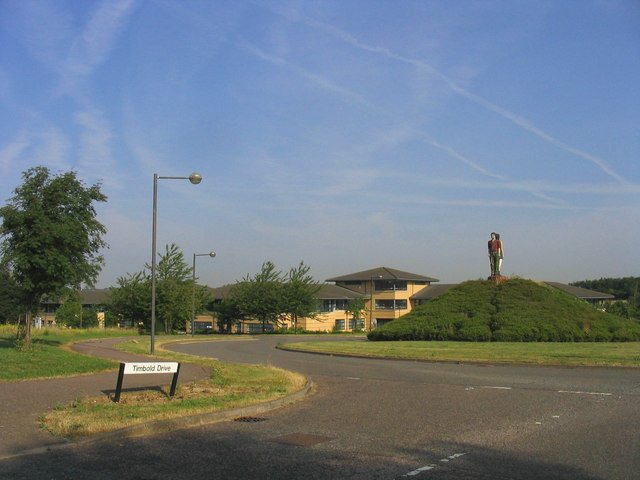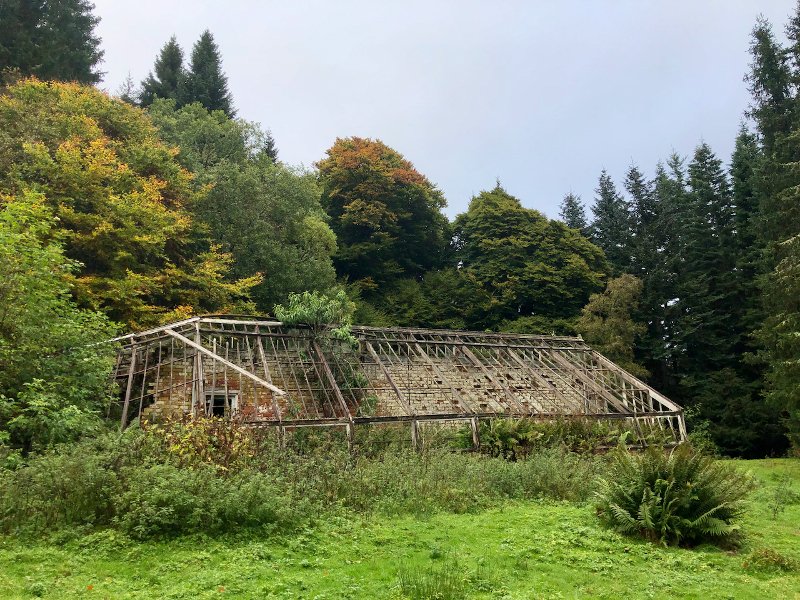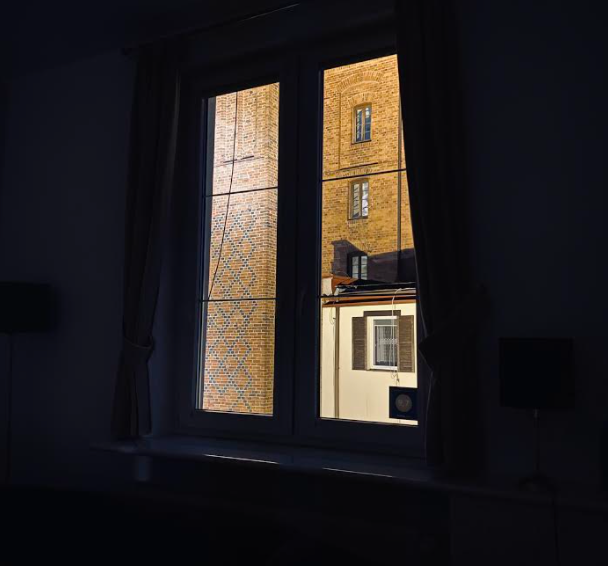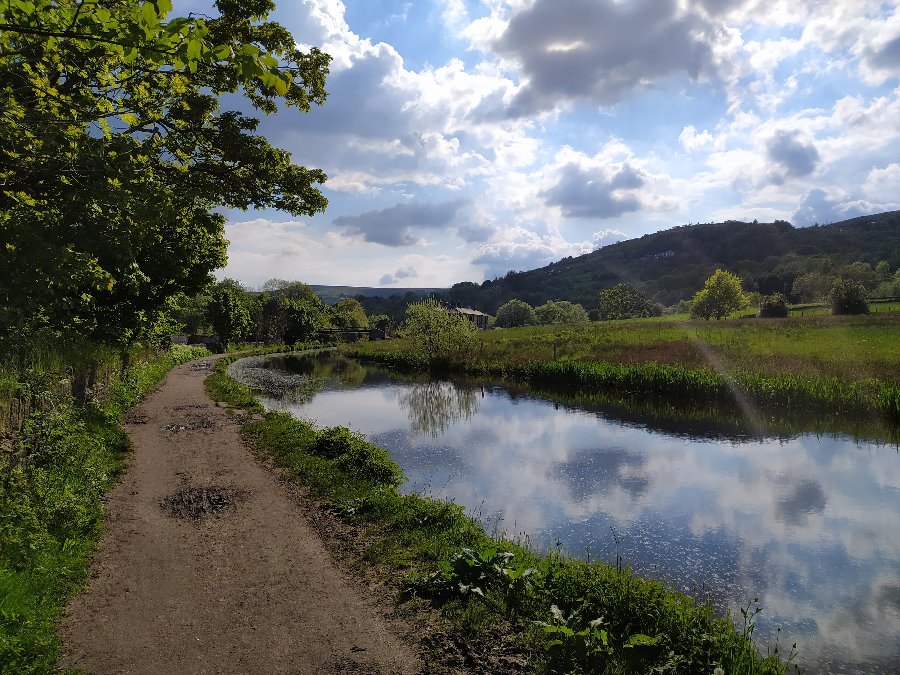A Drift in Eden
/Photography by Julian Hyde
By Mark Valentine:
It was an iron bench on a country road, a bit dilapidated but still staunch. We were glad to take our rest there. The design was pleasing in a minor, unassertive sort of way: the arm-ends that stretched out like paws, the legs that might have been modelled on the lithe limbs of a wild cat. The narrow slats of the seat were now mostly innocent of paint, but still firm. From a few last flecks and scrapes, it looked as if they might once have been coated in the pale blue of winter sunsets. The backrest had an ornamental escutcheon and a date which seemed to be in the 1950s, and there was a Festival of Britain or Coronation feel to it.
Set at an angle to things, and on its own tussocky plot, it had no significant view. Immediately opposite was a little lane between hedges, leading nowhere in particular. Above was rising ground but to no great height. The road it was on turned slightly away at this point so there was no line of sight there. Leading away from the bench was a drive that had once led to a railway halt, long since closed, though you could still see the remains of the platforms and the tracks. Like a lot of rural halts, there was a certain distance between it and the nearest village, and so we supposed that there must once have been a bus, or a taxi service, and the bench had been put there for passengers. There was something about the spot that seemed unusually restful, as if the patience of all those lost travellers had somehow seeped into the scene itself. You could imagine them sitting here in their long coats and hats, with their newspapers and cigarettes, looking out on pretty much the view we now had.
If you turn to the left from the little bench, you pass Little Salkeld watermill and cafe, still grinding corn for wholegrain bread, and then at a green you come to a meeting of ways, and on the black and white signpost one of the arms has some of the oddest words ever seen on any signpost, even though there are many quaint and picturesque place names in England. It reads: Druids Circle. This is Long Meg & Her Daughters, who are not after all Druids, but witches turned to stone, at least for the time being and while you are there. The tallest of these, Long Meg herself, is adorned with grains of lichen of ochre and scarlet and evergreen, like some fine embroidered cloak not made by mortal fingers, and at her foot there are often offerings. The stones cannot be counted, it is said, perhaps because they do not quite stay still.
Suppose, though, that you do not follow the road to the Druids’ Circle, but turn instead the other way at the green. You go under the high arches of a railway bridge and then follow a track above the river Eden, you keep on through the trees, and you come to the overgrown ruins of an abandoned gypsum mine, Long Meg Drift. It operated between 1880 and 1976 (with a gap during WW1), employing between 12 and 30 people. There was a short works railway, pretty much where the footpath now runs, which connected to the famous Settle-Carlisle line. It had its own signal box (demolished a few years ago) and a few steam locomotives, one now at the Bowes Museum, Co Durham. As for the works itself, this has gone back to nature: there are brick footings, stone steps, platforms, caved-in sheds, all now covered with nettles and brambles, ash saplings and moss.
In a corner though, quite unexpectedly, there is an electricity installation that buzzes and crackles behind its high spear-shaped grey palings, and with red lightning-flash signs warning of danger. You are taken aback: it seems like some secret race of engineers has landed here from a distant star and put this here for inscrutable purposes. About this place, one day, there was once a great flickering array of amber butterflies, rising and tumbling and pausing only to drink their nectar, and it seemed as if the secret rays from the hidden sub-station had quickened their exultant spirits. The fierce machines and these frail beings, like torn-off pieces of old silk tapestry, made a startling contrast that seemed uncanny, a glimpse of a world where they will go on, with their whirring and their dancing, but we will be gone.
On the way to the works you might have missed something, on a verge not far from the lodge house at the entrance. Embedded in the wild grass there was a long ripple of glazed clay tablets, each about as big as a playing card, and all carefully plotted together as a mosaic. And if you looked closer you might make out painted houses, a bridge, a boat, a horse, a church, a train, because this is a picture-book map, in bright colours, in speedwell blue and primrose yellow and rose and parsley green. It was made over 20 years ago by the children of the four primary schools of the area, High Hesket, Armathwaite, Culgaith and Langwathby, in an arts project led by the ceramicist Michael Eden, and the map is of their local world. The place where you are now standing is the fulcrum of an X shape connecting the four villages, in a flourish of secular magic.
The bricks they made and laid here are chipped and cracked now, and the grasses and dandelions grow between them, and the red mud begins to congeal across them. The last I heard, because of landslips and heavy rain, the mosaic did not look like it would still be there much longer: its colourful little world was sliding away.
***
Mark Valentine is originally from the radical shoemaking town of Northampton but now lives in Yorkshire near the Leeds-Liverpool canal. His short stories and essays are published by the independent presses Tartarus (UK), The Swan River Press (Ireland), Sarob (France) and Zagava (Germany). His writing on landscape and lore has appeared in Reliquiae, Echtrai and Northern Earth.


